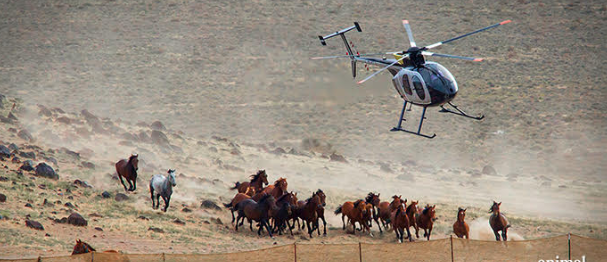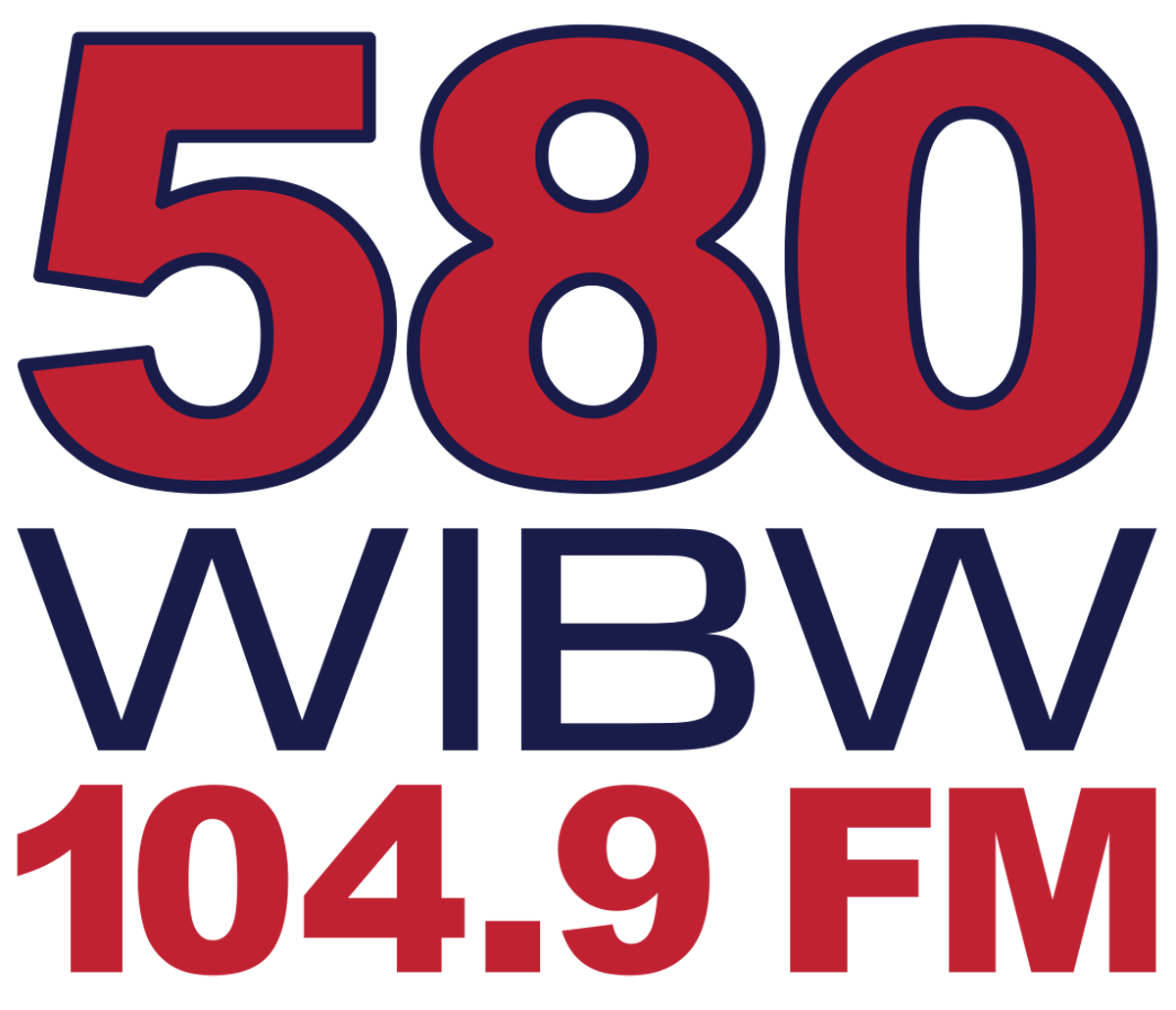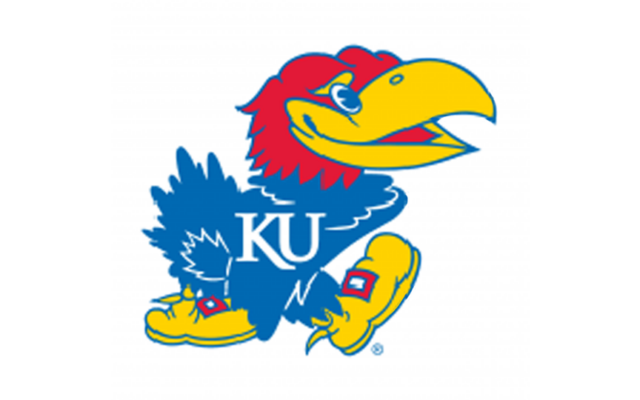Government Funding For Reducing Wild Horse Populations Draws Ire From Humane Interests

Wild horses living in natural habitat or confined to public holding facilities continue a highly controversial issue.
Discussions have become more heated with the coronavirus imposed health and economy shutdown.
Whatever one’s opinion the program is government funded and record unemployed are not spending as the taxpayer pot dwindles.
Under a 1971 law, the Bureau of Land Management (BLM) is in charge of the Wild Free-Roaming Horses and Burros Act.
“The BLM is responsible for preserving and protecting these animals as part of a thriving natural ecological system on public lands,” William Pendley said.
As deputy director for BLM’s Policy and Programs, Pendley said BLM achieves this primarily by gathering and removing excess animals. “The horses are offered for adoption or purchase at facilities and events around the country,” he explained.
On March 1, 2019, the wild horse and burro population was estimated at 88,090 with annual cost of $85.549 million.
There were 7,276 wild horses removed from the rangeland in 2019 with 7,104 placed in private care including 1,451 trained.
Roundup operations are strikingly efficient as a helicopter and a few workers can catch scores of mustangs in a day.
“The wild horse population is more than triple what the land can sustainably support with other mandated uses,” Pendley said.
“Every successful adoption or sale is vitally important in helping the agency regain proper balance,” he added.
Given the extensive overpopulation, wild horses and burros routinely face starvation and death from lack of water.
The high number of excess wild horses and burros causes habitat damage that forces animals to leave public lands. They travel onto private property or even highways in search of food and water.
“The current overpopulation represents an existential threat to the health of landscapes across the West,” Pendley said. “In many places, the range will take decades to recover or in some cases, it’s unlikely that it ever will.”
When animals removed from the range exceed adoptions, the rest are kept in public facilities at taxpayer expense.
Currently there are approximately 50,000 wild horses and burros in off-range corrals and pastures. The cost of providing quality, humane care for these animals runs about $50 million annually.
The BLM’s Wild Horse and Burro Adoption Incentive Program launched in March 2019 increased animals placed into private care.
“The agency adopted out 6,026 animals, compared with 3,158 during the previous year,” Pendley said. “That 91 percent increase revives an upward trend of adoptions that began in 2015.”
Each animal successfully placed into private care is estimated to save taxpayers approximately $24,000.
“We hope to increase mustang and burro placements by paying individuals $1,000 for each adoption,” said BLM official Casey Hammond.
Payments are made in two installments: $500 within 60 days of adoption, and $500 within 60 days of receiving title. It costs $1,850 per year for the BLM to care for a wild horse or burro in an off-range facility.
“If we don’t get this controlled, it’s just going to get worse,” said Alan Shepherd, BLM chief for the wild horse program. “Mustangs have already destroyed fragile desert springs in some places, and the birds, snakes and butterflies that depend on them.”
Wild horse welfare groups argue that the crisis is largely invented. They say the government sets its population targets artificially low to justify mass removals.
That serves interests of cattle ranchers and distracts from other public land policies that are more damaging, welfare leaders claim.
“It’s a bait and switch,” said Suzanne Roy of the American Wild Horse Campaign. “They say wild horses are an existential threat. Yet, they are loosening regulation on energy extraction.”
Wild horse count still has risen into uncharted territory. “There were 17,000 foals born last year. We’re not even keeping at status quo,” Shepherd emphasized.
The BLM has told lawmakers it could create a sustainable program if Congress allocated funds to reduce populations to 27,000. Three times in the past 30 years, Congress has done so.
Each time, though, the efforts were tripped up by unpredictable costs and lawsuits from animal welfare groups.
A 2013 report by the National Academy of Sciences urged the bureau to shift away from roundups. Use of readily available inexpensive fertility control drugs was recommended to be administered annually by dart guns from the field.
Bureau leaders promised to embrace fertility control drugs, but their use actually declined in the years after the report. Less than 1 percent of the program’s current budget is spent on them.
On May 12, 2020, more than $21 million was released for BLM removal of 20,000 wild horses and burros from federal lands this year. The funding is said to be due to successful efforts of several groups.
Among those are the Humane Society of the United States, American Mustang Foundation, the National Cattlemen’s Beef Association and other western ranching interests.
The action brought ire from Marty Irby, executive director of Animal Wellness Action. “These groups devised a reckless plot for the fate of our iconic American wild horses and burros. BLM leaders are intent on mass roundups and draconian surgical sterilization.”
“By prioritizing roundups and warehousing in holding facilities, the agency is setting the stage for mustang slaughter,” said Roy of the American Wild Horse Campaign. “Fertility control programs are more humane and cost-effective than removals. Congress must put the brakes on this fiscally irresponsible, scientifically and morally bankrupt plan.”

Helicopters are used to efficiently round up wild horses from national rangelands under authority of the Bureau of Land Management.



